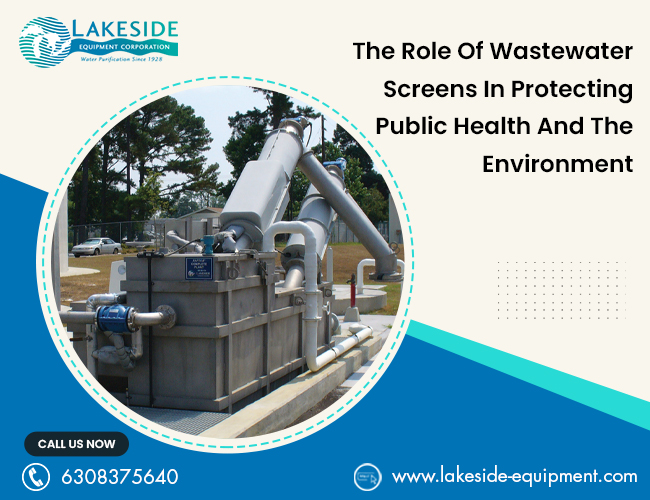Wastewater Treatment for Water Reuse and Conservation
The most valuable resource on earth is water, and it is also one of the most ill-managed resources. Industries, municipalities, and households generate millions of gallons of wastewater every day. Though a significant portion of it used to be deemed unusable, current wastewater treatment technologies have altered the situation. With sophisticated purification and reclamation facilities, the waste can be transformed to be a source of clean water for the farming sector, industry, and even household consumption.
The core of this change is simply a rising consciousness that conserving water is not an option anymore, but rather a necessity. Reuse of treated wastewater presents a potential solution towards long-term sustainability in the United States, where droughts and water scarcity issues plague most of the states.
Wastewater Treatment and its application in sustainability
Wastewater treatment refers to the act of eliminating impurities in used water in order to make it safe in terms of discharge or re-use. It entails a number of processes that isolate, clean up, and disinfect water and return it to a condition that can be reused or disposed of back into the environment.
The modern treatment systems provide the answer to the question “is wastewater treatment sustainable?” make use of mechanical and biological systems in order to treat water effectively. This has seen companies develop and produce equipment that will improve all these processes, from wastewater screening to final filtration.
All phases of treatment are very important in guaranteeing water safety and the recovery of resources. We can deconstruct the most important stages.
The First Phase: Wastewater Screening
The wastewater should be screened first before any form of purification can be done on it. This is done to eliminate huge debris such as plastics, rags, and others that may damage downstream equipment or disrupt the efficiency of the treatment.
The wastewater screening is the first step of the treatment process. This avoids expensive maintenance as non-biodegradable materials are filtered at an early stage to safeguard mechanical systems, including pumps and aeration tanks.
Primary and Secondary Treatment: Elimination of Organic Load
After the screening process, the water is sent into the primary treatment. In this case, the suspended solids can be allowed to arrive at the bottom gradually by means of sedimentation tanks that can create a layer of sludge. The oils and grease come to the surface, and they are skimmed.
The second stage is the biological or secondary treatment stage. Microorganisms come into the fore at this point. They eat organic pollutants and decompose them to harmless products such as carbon dioxide and water.
High-Tech Filtration and Disinfection
The third or advanced treatment stage cleanses the water to high standards of reuse. The remaining nutrients included in filtration systems, like nitrogen and phosphorus, can be dangerous to aquatic life when discharged to the natural waterways, hence they are removed.
This is followed by disinfection, which can be done through the use of ultraviolet light, ozone or chlorination to eliminate dangerous bacteria and viruses. Such systems protect the microbiological safety of the treated water to be reused either in irrigation, industrial processes, or even indirectly in direct drinking.
The modern wastewater treatment plants in the United States are currently using the membrane bioreactors and reverse osmosis processes to produce clean water so pure that it can be used to supplement the domestic drinking water.
Water Reuse: Reusing water for conservation
The concept of using treated wastewater again has been a cause of reluctance at some point, and the mindset is shifting very fast. Reclaimed water with appropriate treatment can be safe and even safer than non-potable and even drinkable water.
Reuse of water has emerged as a very important conservation measure in water-scarce areas. Cities like Los Angeles and San Diego have invested a lot of money in sophisticated recycling systems that are used in transforming wastewater into a resource of value in landscaping, irrigation, industrial cooling, and groundwater.
Through reusing and treating water at the local level, communities will be able to rely less on the water sources that are distantly located and also reduce the environmental harm. It is a recycling strategy where all the drops are efficiently utilized.
Wastewater treatment and water security in the future
With population growth and climate change placing more and more strain on the freshwater supply, wastewater treatment is proving to be the foundation of contemporary water management. The facilities are becoming more like resource recovery centers than mere treatment plants, with energy, nutrients, and clean water being reclaimed and recovered out of what was previously waste. Very soon, all the water can be reused more than once, and that is not just possible, but necessary to the existence of a sustainable world.
Protecting the Future, One Drop at a Time
Wastewater treatment is important to come out from all types of environmental problems. It also considers the water shortage and human health. By reusing water, we will be able to guarantee a cleaner and more sustainable future for the generations.
In case your organization is willing to go a step further to have an efficient use of water, you may consider consulting with the help of experts. Their new wastewater screening, clarification, and purification systems are created to enable the facilities to be smarter, cleaner, and greener.




Comments
Post a Comment